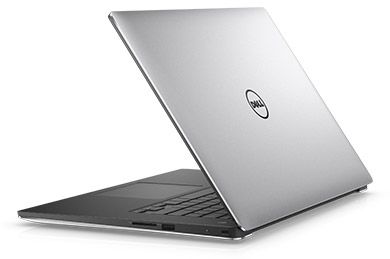


Zenbooks have been generally well received due to their chassis design and appearance as well as the high quality screens used in later models. A pattern of concentric circles on the lids is said to represent ripples in water and represent the 'zen philosophy' that designers wanted to portray when creating the laptops.

The Zenbook mainly competes against computers such as Acer's Aspire, Dell's Inspiron and XPS, HP's Pavilion and Envy, Lenovo's IdeaPad and Toshiba's Satellite.Asus designed the Zenbooks with brushed aluminium chassis and high rigidity, rather than plastic, the usual laptop construction material. The most recent release in the Zenbook line is the upmarket Zenbook Infinity UX301 series. Most models drew comparisons to the Macbook Air. Asus introduced new models with touch screens to take advantage of Windows 8 after its release in late 2012. Most (though not all) Zenbooks use Intel Core ultra-low-voltage processors and Nvidia GPUs when integrated graphics are not used. Models range from 12-inch laptops featuring power efficient components but lacking connectivity and having only integrated graphics processors, to 15-inch laptops with discrete graphics processing units and optical disc drives. The first Zenbooks were released in October 2011, and the original range of products was amended and expanded during 2012. (January 2018)ZenbookA first generation UX21DeveloperAsusManufacturerAsusTypeUltrabookOperating systemWindowsRelated articlesHp (also known as ZenBook) are a family of ultrabooks – low-bulk laptop computers – produced by Asus.
#Dell xps 9360 slow excel keyboard shortcuts update
Please update this article to reflect recent events or newly available information. Laptops | ASUS Global ')) } else Official Support | ASUS GlobalFrom Wikipedia, the free encyclopedia Jump to navigation Jump to search This article needs to be updated.


 0 kommentar(er)
0 kommentar(er)
